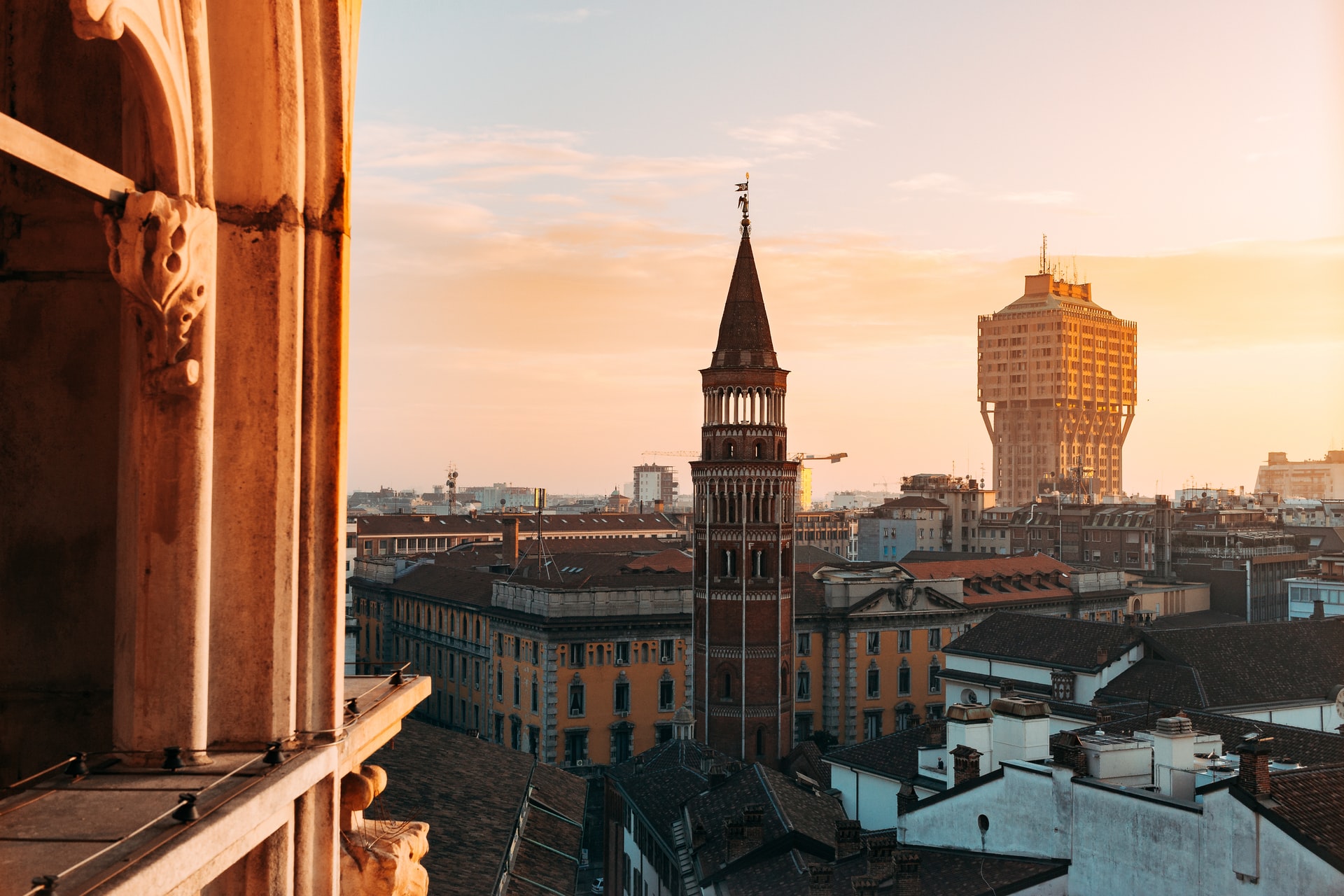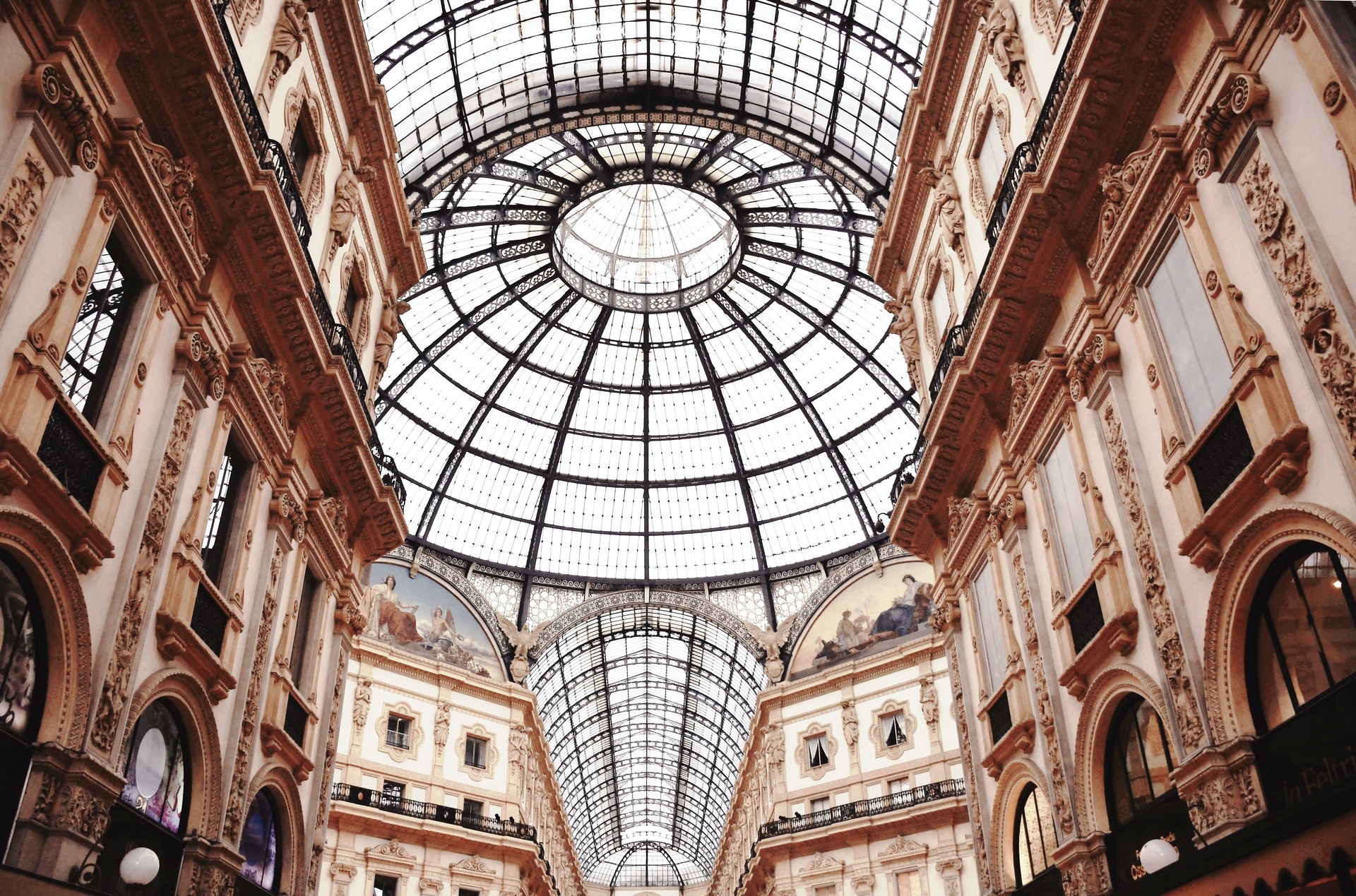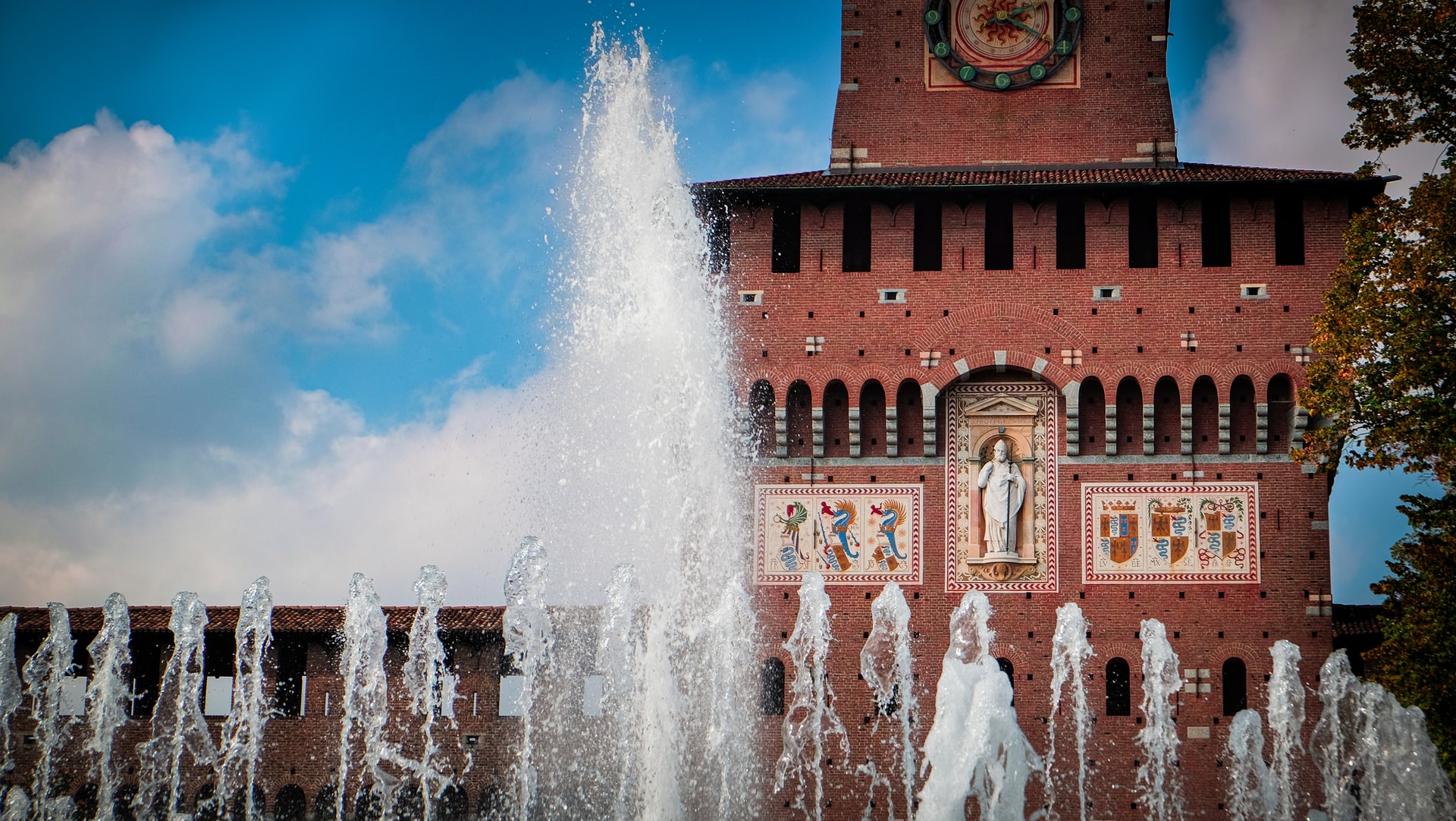
Milan is the capital city of Northern Italy’s Lombardy region and is one of the most prominent cities in the country. Aside from being one of the four fashion capitals of the world (including New York, London and Paris), Milan is also a center for culture and tourism. In fact, the Italian city welcomes over 8 million tourists every year, making it among the most visited places in the whole of Europe.
The city is a treasure trove of gorgeous architecture and impressive landmarks that have been around for centuries and the best way to see all of them is by going on a walking tour of Milan. While you can opt to book one of the many guided city tours being offered, there’s something about exploring the city on your own. Below is a DIY Milan walking tour that you can use during your visit to the city.
Know Before You Go
- The stops included in this itinerary are mostly found within the city center.
- If you want to save money on tickets, entrance tickets, and transportation, you may want to consider buying a city pass such as the Milano Card or Milan Pass. These passes include unlimited access to public transport as well as free or discounted entrance fees to Milan’s top attractions.
- Dress appropriately for this tour. Aside from wearing comfortable shoes, make sure to follow the dress code as some of the stops in this itinerary are religious institutions.
- There’s no need to carry around your heavy bags or shopping purchases during this tour. Instead, look for a luggage locker in Milan and store your things there.
DIY Walking Tour of Milan
Duomo di Milano
No trip to Milan would be complete without checking out the Duomo di Milano, otherwise known as the Milan Cathedral. The religious institution is the seat of the Archbishop of Milan and is one of the city’s most recognizable landmarks. It is also the biggest church in Italy and the finest example of Gothic architecture in Milan.
Be ready to traverse 201 steps up to the rooftop, where you can get a closer look at the intricate spires that adorn the church’s interior. Here, you can also get a panoramic view of the city. Entrance to the Duomo is free if you have either the Milano Card or Milan Pass; these passes also let you skip the queues.
Piazza del Duomo
After you are done admiring the interior and exterior beauty of the cathedral, head outside to another iconic spot in the city – the Piazza del Duomo. Situated right outside the cathedral, the piazza was built in the 14th century and now serves as the main square and a gathering place for both locals and tourists. The area is also home to some significant landmarks in the city as well as commercial establishments.
Galleria Vittorio Emanuele II

The Galleria Vittorio Emanuele II is a lavish four-story shopping arcade named after the first king of the Kingdom of Italy. Built from 1865 to 1877, this extravagant building is adorned with mosaics and sculptures and is now one of Milan’s most popular landmarks and retail destinations.
The shopping center is home to some of the biggest and most luxurious Italian and international brands, including Gucci, Prada, Armani, and Louis Vuitton. Aside from the upscale boutiques, the building also hosts some of Milan’s most famous restaurants, including Luini, which is known for its signature panzerotti.
Teatro alla Scala
Also known simply as La Scala, this historic opera house is one of the most prominent music venues in the world and serves as the home of the La Scala Theatre Chorus, La Scala Theatre Ballet, and the La Scala Theatre Orchestra. When the Teatro Regio Ducale, La Scala’s predecessor, was burned down in 1776, a replacement was immediately constructed on the site where the church of Santa Maria alla Scala was formerly located, which is how the opera house got its name.
Today, the La Scala hosts some of the biggest productions for operas and orchestras in the world. If you do not feel like shelling out money for the show, you can always take a guided tour of the opera house to learn more about its history and to see the beauty of the building for yourself.
Pinacoteca di Brera
The Pinacoteca di Brera, or the Brera Art Gallery, is a world-class art institution that houses some of the most famous Italian paintings collected during the rule of Napoleon. Located in the buzzing Brera district, the gallery boasts a massive collection of works created between the 13th and 20th centuries.
There are nearly 40 rooms in the gallery that feature masterpieces, such as the Betrothal of the Virgin by Raphael, Dead Christ by Andrea Mantegna, and Madonna with Saints by Piero della Francesca. After you’re done admiring the incredible artworks at the art gallery, explore the Brera neighborhood while you’re there. The area is filled with bars, cafés and restaurants where you can unwind.
Castello Sforzesco

The Castello Sforzesco is one of the finest buildings in Milan and a major part of the city’s history. Built in the 14th century, the original building was used as a fortress until it was ruined during the Golden Ambrosian Republic. The Sforza family then decided to reconstruct the building and turn it into their residence.
After years of destruction and renovation, the castle was again rebuilt in 1905 and turned into a tourist attraction. The castle is home to an array of museums as well as a library. One of the highlights at the Castello Sforzesco is the Museum of Ancient Art, which houses a number of works from different eras. The main attraction here is the Rondanini Pieta by Michelangelo.
Biblioteca Ambrosiana
The last stop in this DIY walking tour of Milan is the Biblioteca Ambrosiana (Ambrosian Library), named after the patron saint of Milan, Saint Ambrose. This historic library is was established in 1609 by Cardinal Federico Borromeo, whose private collection of manuscripts, paintings and drawings were donated to the library.
The library aims to provide free artistic and cultural training to anyone who has intellectual or creative skills. One of the highlights of the library’s massive collection is the Code Atlanticus, which is a twelve-volume set of manuscripts and drawings by Leonardo da Vinci.
Also found within the library is the Pinacoteca Ambrosiana, an art gallery that has an array of works by famous Italian artists. Some of the art that can be viewed in the gallery include Basket of Fruit by Caravaggio and Portrait of a Musician by Leonardo da Vinci.

